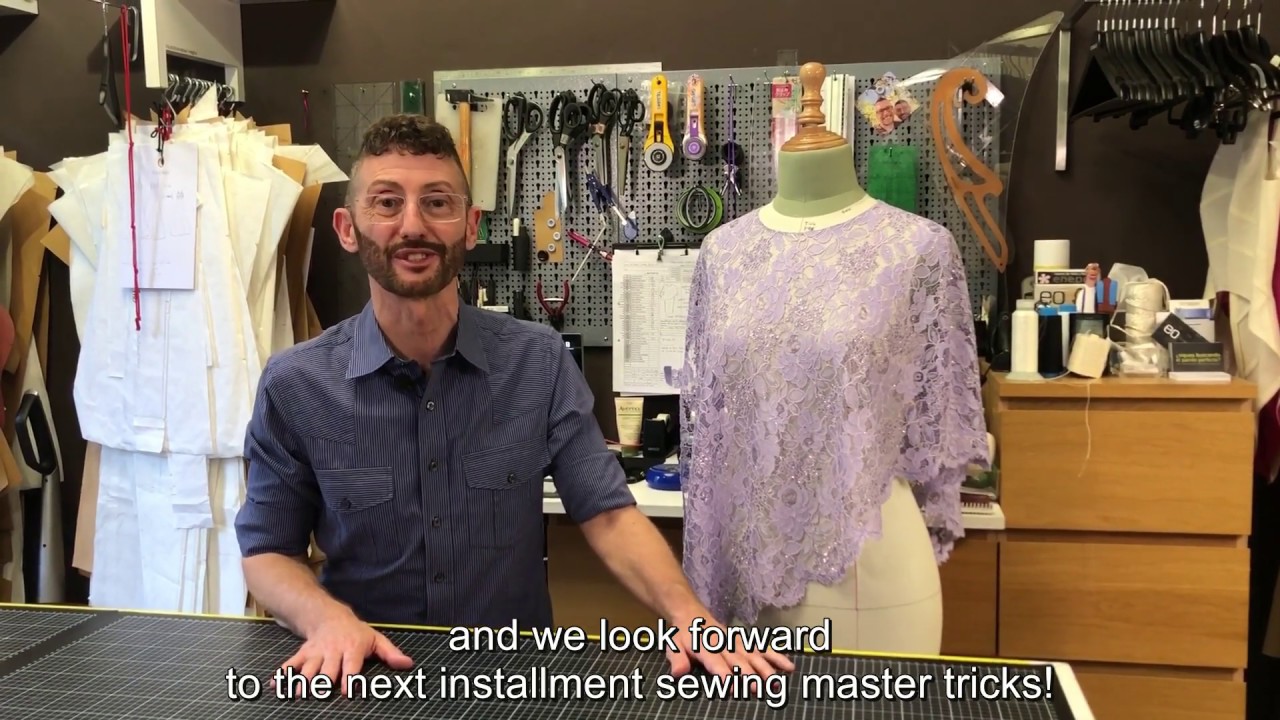Guipure lace fabric is a mesmerizing textile that exudes elegance and sophistication. With its intricate designs, exquisite craftsmanship, and delicate details, this lace fabric instantly captures attention and ignites a sense of fascination. Each thread is meticulously woven to create stunning motifs and patterns that showcase a timeless beauty. Whether used as an overlay on garments, for decorative accents, or as a standalone fabric, guipure lace adds a touch of luxury and refinement to any project.
The durability of guipure lace is remarkable, ensuring that your creations will stand the test of time. Its strong and resilient nature makes it suitable for various applications, from fashion-forward clothing designs to intricate home decor pieces. The versatility of this fabric allows for endless possibilities, enabling you to explore your creativity and bring your visions to life.
When draped over the skin, guipure lace creates a captivating effect, accentuating the body’s contours and adding a hint of allure. Its airy and lightweight feel ensures comfort while still maintaining a sense of gracefulness. Whether you’re attending a formal event, designing a wedding gown, or crafting delicate lingerie, guipure lace fabric guarantees a breathtaking outcome.
Unleash your inner designer and elevate your creations with the timeless beauty of guipure lace. Its intricate designs, impeccable craftsmanship, and enduring quality will undoubtedly leave a lasting impression, making it a must-have fabric for any fashion enthusiast or creative mind. Discover the world of guipure lace and unlock the potential to transform your projects into true works of art.

Guipure Lace Fabric: Exploring the Elegance of an Exquisite Craft
When it comes to the world of fabrics, few can rival the timeless beauty and intricate details of guipure lace. With its delicate patterns and rich history, guipure lace has become a staple in the fashion industry, adorning both haute couture gowns and everyday garments. In this article, we will delve into the origins, characteristics, and versatility of guipure lace, shedding light on its enduring popularity.
The Origins of Guipure Lace
Guipure lace, also known as Venetian lace, has a fascinating history that dates back centuries. Its origins can be traced to the 16th century in Venice, Italy, where skilled artisans began crafting this exquisite lace by hand. The lace-making techniques were then passed down from generation to generation, eventually spreading to other European countries such as France and Belgium.
Originally, guipure lace was made using a needle and thread, creating intricate patterns and motifs. Over time, the craft evolved to incorporate machines, but the essence of guipure lace remained the same – a fabric characterized by its openwork designs and absence of netting.
The Characteristics of Guipure Lace
Guipure lace is known for its distinct characteristics that set it apart from other types of lace. Unlike other laces that feature a netting background, guipure lace is made using a series of interconnected motifs and patterns. These motifs are created by outlining them with a thicker thread or cord, giving the lace a raised, three-dimensional effect.
The designs found in guipure lace can vary greatly, ranging from intricate florals to geometric shapes. This versatility allows designers to incorporate guipure lace into a wide range of garments, from bridal gowns to evening dresses and even accessories like handbags and shoes.
Another notable characteristic of guipure lace is its durability. Unlike delicate laces that can easily snag or tear, guipure lace is known for its strength and longevity. This makes it a popular choice for garments that require frequent wear and laundering.
The Versatility of Guipure Lace
One of the reasons for guipure lace’s enduring popularity is its incredible versatility. This fabric can be used in various ways to create stunning and unique designs.
For formal occasions, guipure lace is often used in the creation of wedding gowns and evening dresses. Its intricate patterns and elegant drape add a touch of sophistication to any garment. Many designers also incorporate guipure lace as decorative elements, such as on sleeves, bodices, or as overlays on skirts.
Guipure lace is not limited to formal attire, however. It can also be used in more casual pieces, such as tops, skirts, and even shorts. When paired with denim or other casual fabrics, guipure lace adds a feminine and romantic touch, elevating the overall look.
Caring for Guipure Lace
Given its delicate nature, guipure lace requires special care to ensure its longevity. When washing guipure lace garments, it is best to hand wash them in cold water using a gentle detergent. Avoid twisting or wringing the lace and instead gently squeeze out excess water. To dry, lay the garment flat on a towel, shaping it as necessary, and allow it to air dry.
To store guipure lace items, it is advisable to fold them neatly and place them in acid-free tissue paper. This helps prevent any yellowing or discoloration that may occur over time. It is also important to keep guipure lace away from direct sunlight and avoid storing it in humid environments.
In Conclusion
Guipure lace is a fabric that embodies elegance, craftsmanship, and versatility. From its origins in Venice to its current place in the world of fashion, guipure lace continues to captivate designers and consumers alike. Whether adorning a bridal gown, an evening dress, or a casual top, guipure lace adds a touch of sophistication and timeless beauty to any garment. So next time you come across this exquisite lace, take a moment to appreciate the artistry and history behind it.
“Mastering the Art of Geometric Sewing: Secrets to Perfectly Layered Guipure and Lace Edges”
Video Source : eometric patronaje – costura – diseño
Guipure Lace Fabric
Guipure Lace Fabric
| Property | Description |
|---|---|
| Composition | Guipure lace is traditionally made from natural fibers such as cotton, linen, or silk. However, modern variations may incorporate synthetic materials like polyester or nylon to enhance durability. |
| Design | Known for its intricate and elaborate designs, guipure lace features a raised pattern that is created by a series of dense embroidery stitches or motifs. The motifs are connected by delicate bars or mesh-like spaces, resulting in a distinctive and captivating look. |
| Strength | Guipure lace is highly durable and strong, making it ideal for creating garments and accessories that require longevity. The interwoven structure contributes to its resilience and allows for easy maintenance. |
| Versatility | Due to its versatile nature, guipure lace fabric can be used in various applications. It is commonly used in bridal gowns, evening wear, lingerie, home decor items, and even as an embellishment on shoes and bags. |
| Texture | The texture of guipure lace is delightfully tactile, featuring a three-dimensional feel. The raised motifs and openwork create a visually appealing contrast, adding depth and dimension to any garment or accessory. |
| History | Originating from the 17th century, guipure lace has a rich history rooted in European craftsmanship. It was highly sought after by royals and aristocrats, and its intricate designs were often associated with luxury and elegance. |
| Color Options | Guipure lace can be found in an extensive range of colors, from classic whites and ivories to vibrant hues and pastels. Its versatility in color options makes it adaptable to various fashion trends and personal preferences. |
As an expert, I can confidently say that guipure lace fabric is an exquisite choice for those seeking a touch of sophistication and timeless beauty. Its intricate designs and durable composition make it a preferred fabric for creating stunning garments and luxurious accessories. Whether you are designing a wedding gown or adding a touch of elegance to your home decor, guipure lace fabric offers a texture and aesthetic appeal that is unmatched. Explore the vast color options available and embrace the rich history that this fabric carries, while indulging in its versatility for any fashion-forward project.

